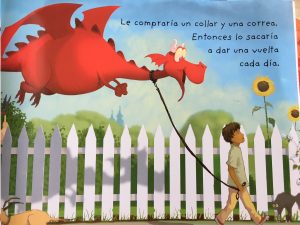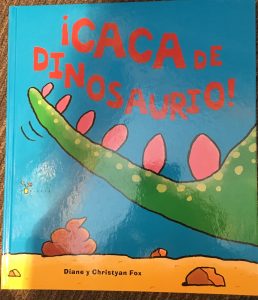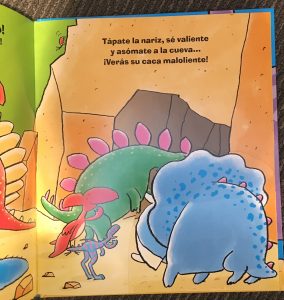The other book I purchased at Foyles belongs to the series Sabelotodo which translates as Knowitall or Smartypants.
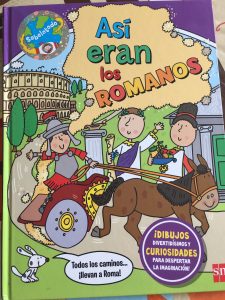 I was torn between two books, this one and one about dinosaurs. In the end I chose this one as the other book I bought was about dinosaurs. You can see a couple of images from the dinosaur one at the bottom of the post.
I was torn between two books, this one and one about dinosaurs. In the end I chose this one as the other book I bought was about dinosaurs. You can see a couple of images from the dinosaur one at the bottom of the post.
I liked this series as it’s very child friendly with bright images and short chunks of information on a theme for each double page spread along with a ¿Sabías que…? strip of interesting facts. The pictures draw you in and contain such great incidental language; I particularly like the exclamations at the gladiator fight!
Así eran los Romanos covers Roman life, society, the army, Roman inventions such as the baths, food, Roman emperors and Roman gods.
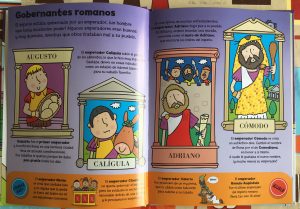
I’m sure that it would be well read if I were to lend it to Y4 – particularly as we have a bulge year with 3 instead of 2 classes at one of my schools! I wonder how long it would take them to find these interesting facts…
Y4 study the Romans at both my schools and I developed a whole unit linking their Spanish with the topic several years ago. I was sure I’d shared it but it seems I was mistaken; I shared (at length!) about The Egyptians
However I do have a lot of my ‘finds’ bookmarked on a Pinterest board – https://www.pinterest.com/lisibo/spanish-romans/ – many of which I’ve used in class. I particularly like the resources on icarito.cl including the image below that learners used to label a Roman. There are similar diagrams for roads and Roman army camps.
The lolly stick problem was also very popular with learners who puzzled over it for ages! And finally, here’s a worksheet I made to compare Spanish French Latin and Roman numerals.
worksheet-LAT-SP-FR-ROM-NUMBERS-1-31
Anyone tried any Roman activities? Do share them in the comments!
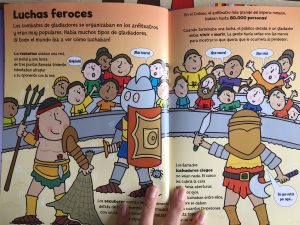

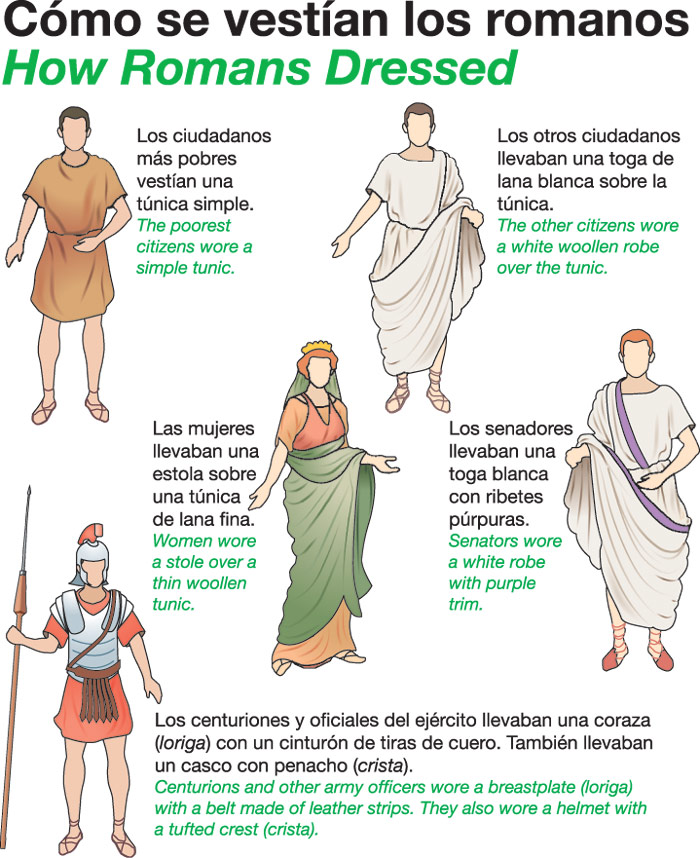
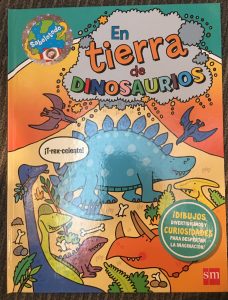
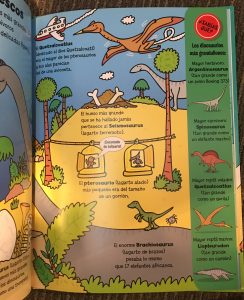
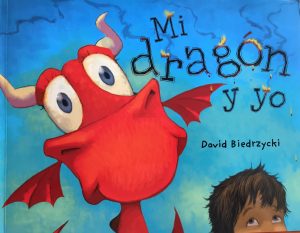 On my trip to London on Tuesday I paid a flying visit to the fourth floor of Foyles where all the language books are found. Although I was limited in the time I could spend there – 25 minutes! – and I imposed a spending limit on myself too, I still managed to come away with a couple of books.
On my trip to London on Tuesday I paid a flying visit to the fourth floor of Foyles where all the language books are found. Although I was limited in the time I could spend there – 25 minutes! – and I imposed a spending limit on myself too, I still managed to come away with a couple of books.